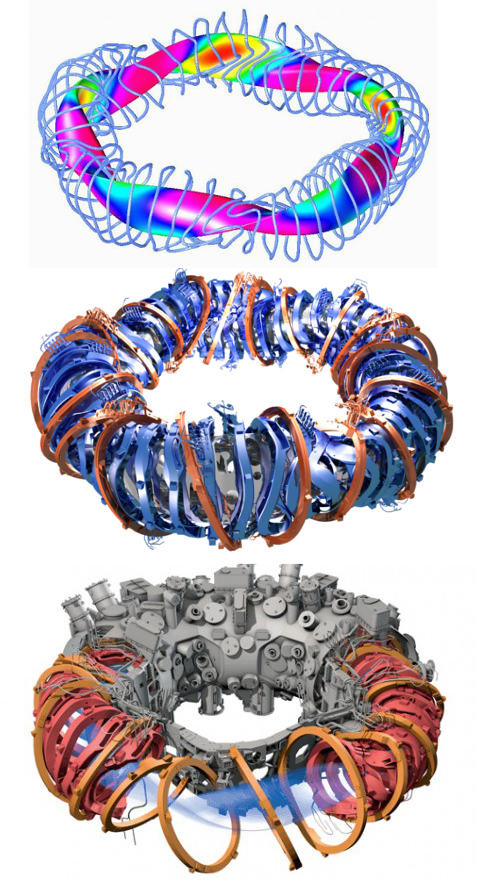Germans seek Sun's powerful secrets
 The Max Planck Institute for Plasma Physics will soon switch on a machine dubbed ‘W7-X’ – a mind-bending device that could usher in a new age of nuclear fusion energy.
The Max Planck Institute for Plasma Physics will soon switch on a machine dubbed ‘W7-X’ – a mind-bending device that could usher in a new age of nuclear fusion energy.
W7-X is a ‘stellarator’ – a machine that seeks to replicate the conditions that have powered the Sun for billions of years in order to harness a clean, nearly inexhaustible energy source.
The construction of the near 20-metre-wide device was a massive effort in itself, requiring 1.1 million construction hours over the course of 19 years and at a cost of $US1.1 billion.
It works by controlling a blob of plasma — a superheated gas that reaches temperatures of more than 80 million degrees Celsius.
The engineers heat gas in the reactor to a temperature where it turns to plasma, before using 50 6-tonne super-chilled magnetic coils to make a powerful magnetic field to contain and control the plasma.
At such incredible temperatures, electrons are ripped from their atoms, forming ions.
Normally, repulsive forces make ions bounce off each other as they fling around freely, but under the conditions created by the stellarator the ions fuse together when they collide.
This fusion throws off incredible amounts of energy.
The stellarator is a kind of black sheep in the nuclear fusion family, and has been marginalised in favour of its easier-to-build cousin – the ‘tokamak’.
Successful tokamaks are in operation around the world, and have long been considered the most promising way to harness the power of the Sun because their magnetic coils can contain a superior form of plasma to previous stellarators.
But tokamaks are yet to change the game due to one major problem – they can only control plasma in short bursts lasting 7 minutes (6 minutes 30 seconds is the current record), and require more energy to generate the plasma is than is obtained from the short bursts of fusion.
Clearly, a successful energy generator cannot consume more energy than it produces.
But the German engineers behind W7-X say its new design should allow it to sustain plasma for at least 30 minutes at a time, approaching the amount that is needed to displace the cost of firing it up.
For an elite group of energy engineers, it is extremely exciting.
“The world is waiting to see if we get the confinement time and then hold it for a long pulse,” David Gates, the head of stellarator physics at the Princeton Plasma Physics Laboratory, told Science.








 Print
Print